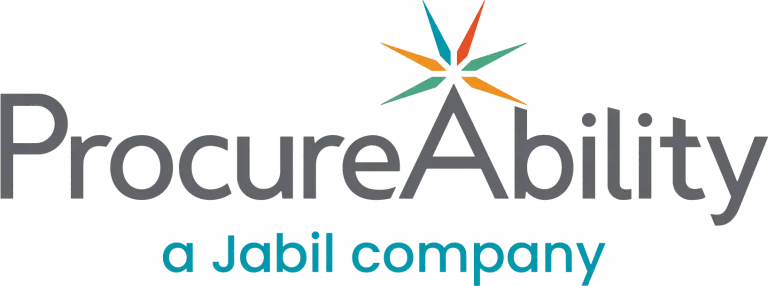
Too many procurement teams treat supplier management as “done” after a contract is signed. However, simply handing a deal to your Operations team and walking away can erode value quickly. A robust supplier performance management (SPM) program is essential for building a competitive, resilient supply base and maintaining strong supplier relationships.
Below is a 5-step framework for creating a procurement-led supplier performance program that delivers long-term value.
Step 1: Choose the Right Key Performance Indicators (KPIs)
Effective supplier performance tracking starts with selecting the right KPIs. Ask yourself: What are your business goals? Each industry and organization has different strategic priorities. Therefore, procurement and operations must align on category-specific KPIs that reflect these goals.
For example:
- In retail supply chains, on-time delivery may be paramount.
- In utility procurement, safety and regulatory compliance might top the list.
Additionally, consider what you are sourcing. Tailor KPIs to the product or service category. Most KPIs fall into four core buckets:
- Delivery & Logistics
- Quality & Service
- Pricing & Contract Compliance
- Safety & Environmental Performance
These KPIs serve as the foundation for supplier scorecards, evaluations, and ongoing feedback loops.
Step 2: Establish Service Level Agreements (SLAs)
Once KPIs are defined, the next step is creating SLAs that reflect both your business priorities and the realities of each category.
- For high-velocity retail distribution, even a 15-minute delay can disrupt operations.
- For capital goods in energy or construction, a one-week delivery window may suffice.
It’s important to strike a balance: SLAs should be realistic yet rigorous, ensuring value-for-money while mitigating risk. Clear SLAs also provide suppliers with concrete performance expectations.
Step 3: Track Supplier Performance Quantitatively
After KPIs and SLAs are in place, define how to track supplier performance effectively. Utilize data from systems such as:
- Transportation Management Systems (TMS)
- Warehouse Management Systems (WMS)
- ERP platforms
For less tangible services, consider a standardized rating scale (1–5 or 1–10) for key categories such as:
- Customer service
- Site cleanliness
- Responsiveness
- Technical capability
Historical tracking is crucial. Analyzing trends over time helps answer questions like: Are suppliers improving or declining? Are issues isolated or systemic? Quantitative data provides objectivity and supports informed decision-making.
Step 4: Address Supplier Performance with Regular Feedback
Providing structured feedback creates transparency and accountability. Consider the following approach:
- Meet quarterly with strategic suppliers.
- Send annual performance reports via email to lower-tier vendors.
- Share performance benchmarks and scorecard rankings to illustrate how suppliers compare to peers.
Using quantitative metrics makes it easier to communicate gaps objectively and gives suppliers clear targets for improvement.
Step 5: Take Action: Reward and Remediate
This step is what separates good programs from great ones. Reward strong performers with financial incentives, preferred supplier status, or recognition through internal “blue ribbon” awards.
Address poor performance by:
- Helping suppliers improve processes
- Facilitating better communication between teams
- Escalating issues through structured supplier performance reviews
- Offboarding suppliers when necessary
Sustained improvement depends on accountability and recognition, which are the core pillars of a strategic supplier management process.
Following this 5-step process will allow you to build stronger supplier relationships and strengthen your business. By integrating these practices, your SPM program can drive long-term value, resilience, and competitive advantage.



